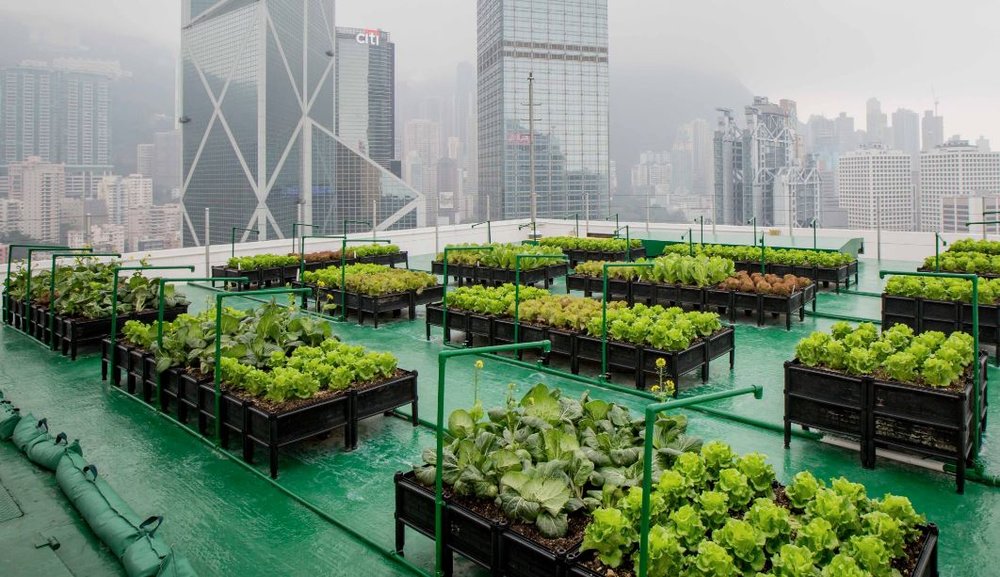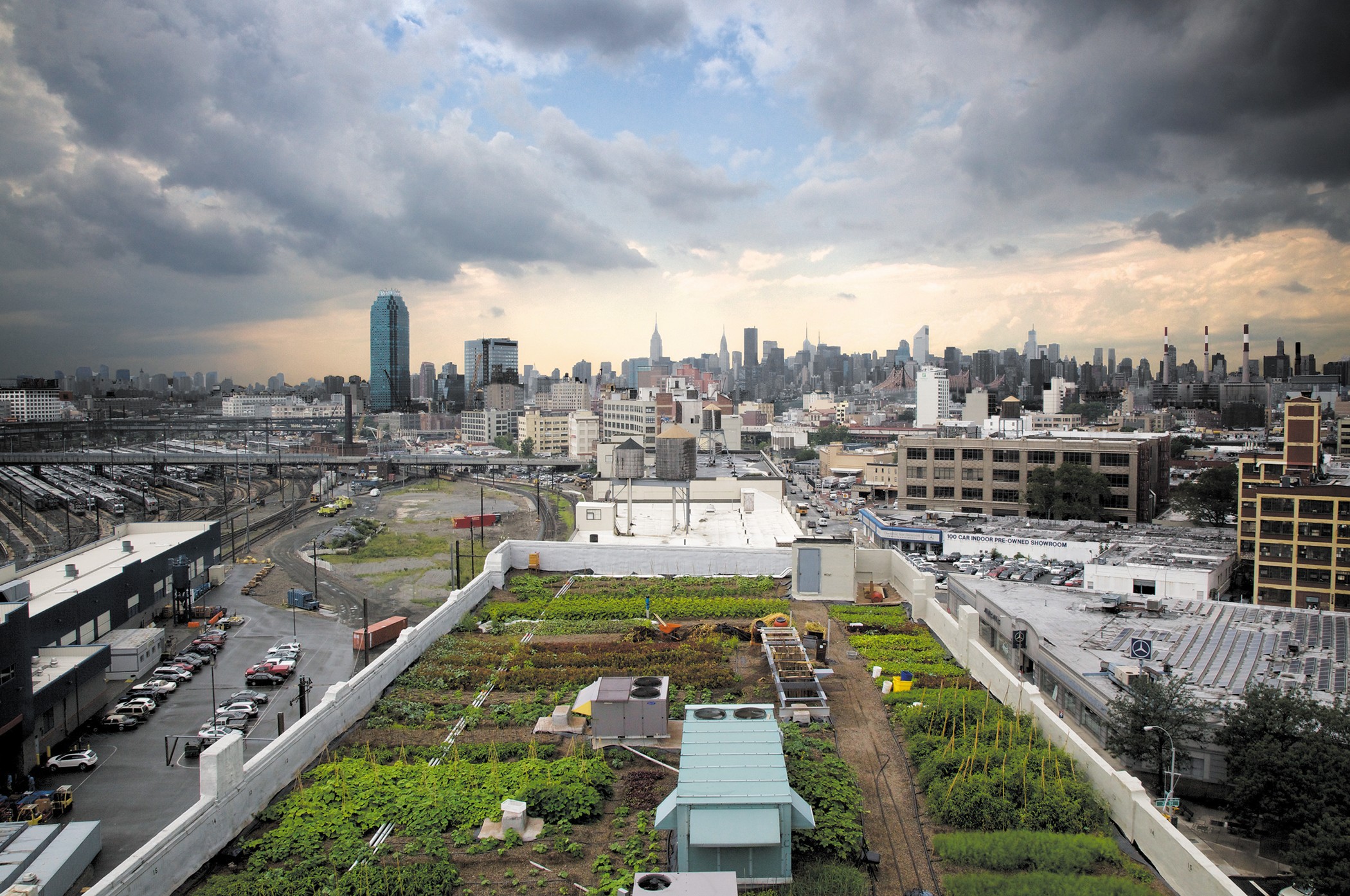The Basic Principles Of City Blooming
The Basic Principles Of City Blooming
Blog Article
How City Blooming can Save You Time, Stress, and Money.
Table of ContentsThe Ultimate Guide To City BloomingCity Blooming for DummiesA Biased View of City BloomingThe Definitive Guide to City BloomingThe smart Trick of City Blooming That Nobody is Discussing
Intrigued in expanding food available for sale in the City of Chicago? Believing concerning beginning a community yard? Adjustments to the Chicago Zoning Ordinance permit agricultural uses like community yards and urban farms in lots of components of the city. Below is a checklist of often asked inquiries relating to the guidelines and guidelines that cultivators need to think about when intending a metropolitan agriculture job.
The zoning modification does not modify any various other codes taking care of composting, building permits, buying or leasing City owned residential or commercial property, service licenses or environmental contamination. There are existing codes that manage these issues and they stay in full effect and may be appropriate to your task. Neighborhood yards are commonly owned or taken care of by public entities, public organizations or community-based companies and maintained by volunteers.
Urban farms expand food that is planned to be marketed, either on a not-for-profit or for-profit basis. Due to their business function, urban ranches need an organization license. Yes. A neighborhood yard is permitted to market excess produce that was expanded on site if the sales are accessory or subordinate to the yard's primary objective explained above.
Some Known Details About City Blooming
The quantity of garden compost material can not exceed 25 cubic backyards at any type of given time according to the requirements in 7-28-715 of the City's Municipal Code. Due to the fact that the dirt at most brand-new yard sites needs amending, garden compost, soil, wood chips, or other materials can be gotten to construct or enhance the expanding area.

If a building permit is required after that the hoophouse will be taken into consideration an accessory building. You can discover even more concerning the building permit needs by getting in touch with the Division of Structures. The 25,000-square-foot dimension restriction is planned to avoid a solitary community garden from controling a given block or diminishing the block's existing domestic or industrial personality.
The limit does not apply to gardens located in Public Open Area (POS) districts. Can there be even more than one community yard that is 25,000 square feet on a solitary block? Fence is not needed, however, yards that have big auto parking areas may be called for to set up fencing or various other landscape design functions.
What Does City Blooming Do?
B1 & B2 districts require that all business use activities be performed inside your home. Is fencing needed for urban ranches? Fences might be needed, along with landscaping and testing, for specific auto parking locations and outside job or storage locations depending on area and the particular task taking location.
Urban ranches need building licenses and zoning authorizations prior to building (garden care). Various other forms of city testimonial may be needed depending on details frameworks, activities, dimension, landscape design, licensing, public health and stormwater management concerns.
The Department of Company Affairs and Consumer Defense can aid determine the specific type of service certificate that's called for. Off street auto parking is required for the majority of commercial tasks in Chicago. The required number of parking areas is based on the number of staff members functioning on site and not the square video of the expanding room.
The Best Strategy To Use For City Blooming

Yes. A city ranch can offer compost product generated on website, nevertheless, the procedure has to abide with the policies in 7-28-715 of the Chicago Municipal Code. Yes. Aquaponic systems are enabled inside your home on urban farms in several zoning districts. Nonetheless, a zoning testimonial and building license is required in order to set up frameworks or systems and a service permit is needed as defined above.
Approximately five hives or colonies of honey bees might be kept as an accessory use. However, beekeepers have to sign up with the Illinois Division of Farming. To find out more concerning the suggested zoning amendment you might contact the Division of Real Estate and Economic Development, Bureau of Preparation and Zoning at 312.744.8563.
, which takes location in country areas at the edge of suburban areas.
Not known Facts About City Blooming
It can include a motion of natural growers, "foodies" and "locavores", that seek to create socials media started on a common ethos of nature and community holism. These networks can develop by way of browse around these guys official institutional support, coming to be incorporated into neighborhood town as a "transition community" activity for lasting metropolitan development.
Some of the initial proof of urban farming comes from Mesopotamia.
Report this page